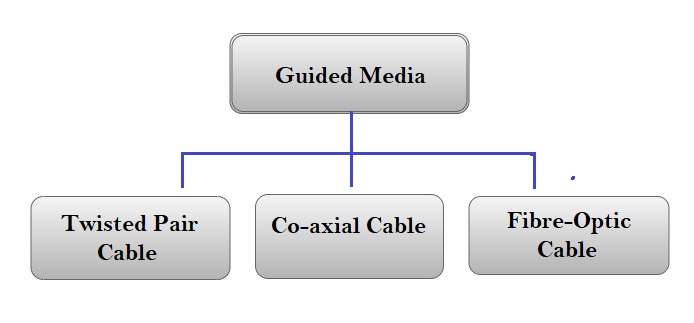What is TCP/IP model and explain its four layers?
TCP/IP Model stands for transmission control protocol/ Internet Protocol. It is also called TCP/IP Suit. It is the most popular model in the history of computer networking. Every operating system supports it whether it is Windows, Linux, Unix, or Mac.
it is an open standard model.
This model follows a layered approach. There are 4 layers in TCP/IP model which are:
- Network Access Layer
- Internet Layer
- Transport or Host to Host Layer
- Application or Process Layer
TCP/IP model is based on the DoD model.
The Details of the TCP/IP model layers are:
01):- Application or Process Layer
An application in the OSI model works as an interface between applications. In the same way, the same function in TCP/IP model is performed by the application layer.
The other function of this layer is to reach the application data on the other system. The most important protocols running on the application layer is
- FTP
- HTTP, HTTPS
- SMTP
- POP3
- Telnet etc.
02):- Transport OR Host to Host Layer
The transport layer establishes a reliable end-to-end connection between hosts. It also ensures the delivery of data with error-free. The main Protocols running on it are Transmission Control Protocol (TCP) and User Datagram Protocol (UDP).
03):- Internet Layer
The 3rd layer from the top is the internet layer. This layer is responsible for logical addressing or IP addresses. It performs inter-networking and finds the best path to the destination among multiple networks.
04):- Network Access Layer
The bottom layer of the TCP/IP model is the Network access layer. The network access layer is responsible for logical addressing (IP addressing). The network access layer possible it to move data physically from one location to the other location, through the help of protocols running on it. It also decides what will be the medium type, whether, it is guided media or unguided media.




